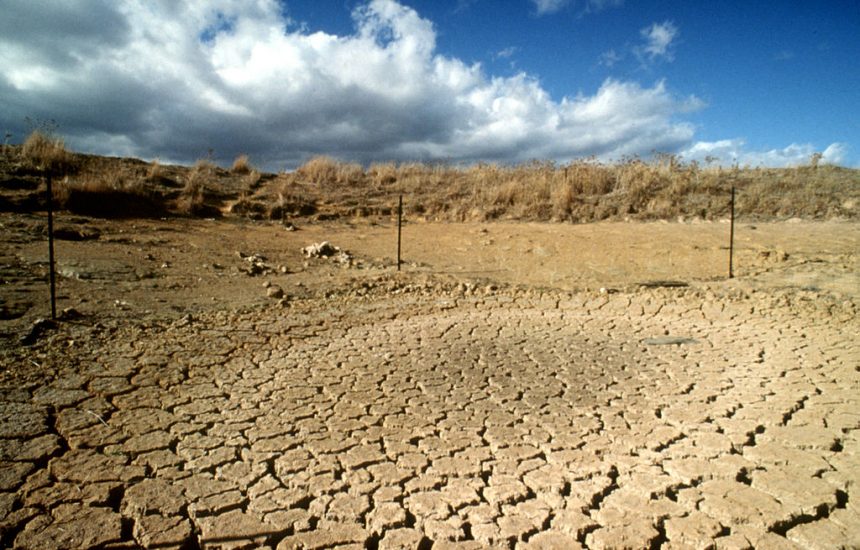Re-evaluating hydrological models for a changing climate: a Victorian case study

“[The IPCC working group 1] projects with high confidence an increase in the variability of the water cycle in most regions of the world and under all emissions scenarios…”
“Over the 21st century, the total land area subject to drought will increase and droughts will become more frequent and severe…”
– Intergovernmental Panel on Climate Change Sixth Assessment Report 2021: The Physical Science Basis

As public debate on climate change intensifies and agencies across the water sector look to strengthen long-term planning, there is no doubt of the importance of modelling to assess the implications of the climate crisis. Increasingly, climate change impact assessments can involve eye-wateringly large numbers of model runs and/or a multitude of interacting factors to be simulated.
In such challenging circumstances, hydrologists often default to a continued trust in models we have used before. We may neglect to continually evaluate their outputs, not just for performance in history matching, but also for the plausibility of their future simulations.
In research released last month in the Journal of Hydrology, we took the example of rainfall runoff modelling, examined clear deficiencies in model simulations and experimented with potential remedies. Rainfall-runoff models were chosen since it is widely known that they extrapolate poorly to unseen climatic conditions, yet they are still widely used in climate change impact assessment. Although much research has documented their poor performance, relatively few studies examine their internal dynamics, and fewer still test solutions and new model structures.
Informed by an earlier critique of rainfall-runoff simulations before and during the Millennium Drought, our approach was based on the following logic:
- Rainfall runoff models typically represent soil moisture as a conceptual “bucket” (or buckets)
- When these buckets approach empty, the simulated evapotranspiration approaches zero
- This places an implicit limit on the soil moisture deficit that can accrue within the model, whereas in reality evaporation may continue from deeper water sources
- Models with such implicit limits may cease to properly track the moisture deficit accumulating in reality as dry conditions continue
- This may lead to underestimation of a catchment’s moisture deficit and overestimation of subsequent runoff, and possible long-term bias under continued (multi-year) dry conditions.
We hypothesised that model formulations which address these limitations using deficit-based or bottomless buckets may inherently be more realistic under a drying climate.
We tested this hypothesis across 38 Victorian catchments using the GR4J model and an altered version of GR4J where we switched to a deficit-based soil moisture accounting scheme while keeping everything else constant.
Tested over the 13-year Millennium Drought, model performance and realism were both enhanced by the change, particularly in the dry western half of Victoria. However, numerous aspects of model realism were still insufficient, indicating a need for further work.
In this work, the question of interest is whether model bucket(s) are often approaching empty during future projections, and whether this creates evapotranspiration time series that are unreasonably low. A deficit model turned out to be one way to address this issue. While the specific results are pleasing, other issues remain. The broader take-home message is that evaluating model dynamics is a powerful and necessary tool for any hydrologist needing to make projections of future streamflow. Future research may uncover further ways to assess the scientific soundness and improve the robustness of long-term hydrological projections.
Further reading:
Fowler, K.J.A., Coxon, G., Freer, J.E., Knoben, W.J.M., Peel, M.C., Wagener, T., Western, A.W., Woods, R.A. and Zhang, L. (2021). Towards more realistic runoff projections by removing limits on simulated soil moisture deficit. Journal of Hydrology, 600, p.126505. https://doi.org/10.1016/j.jhydrol.2021.126505
Fowler, K., Knoben, W., Peel, M., Peterson, T., Ryu, D., Saft, M., Seo, K. and Western, A. (2020). Many Commonly Used Rainfall‐Runoff Models Lack Long, Slow Dynamics: Implications for Runoff Projections. Water Resources Research, 56(5). https://doi.org/10.1029/2019WR025286
The IPCC report https://www.ipcc.ch/report/ar6/wg1/#SPM
